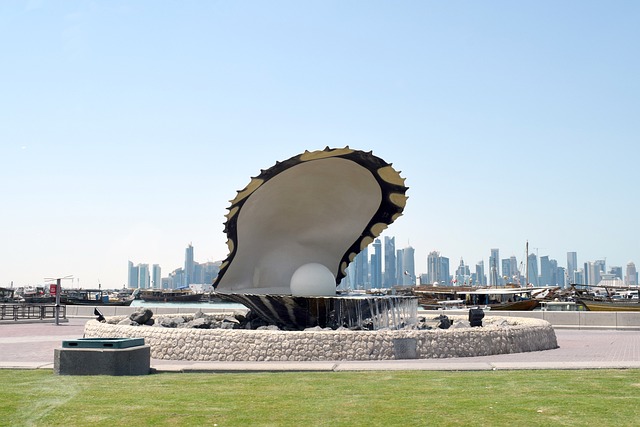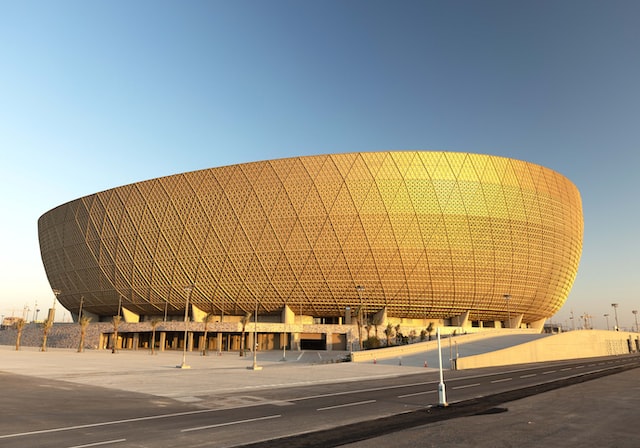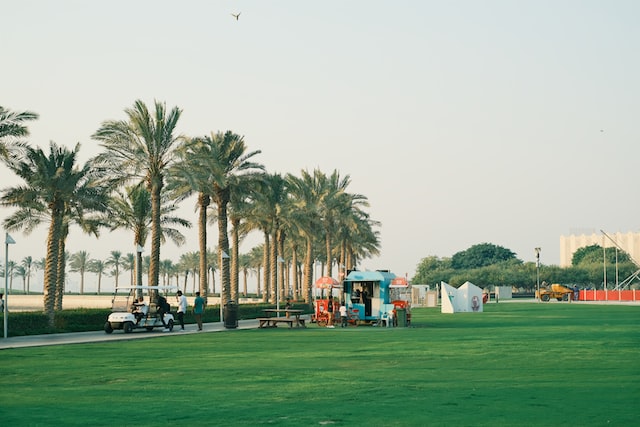What to see in the beautiful Museum of Islamic Art Qatar 2024
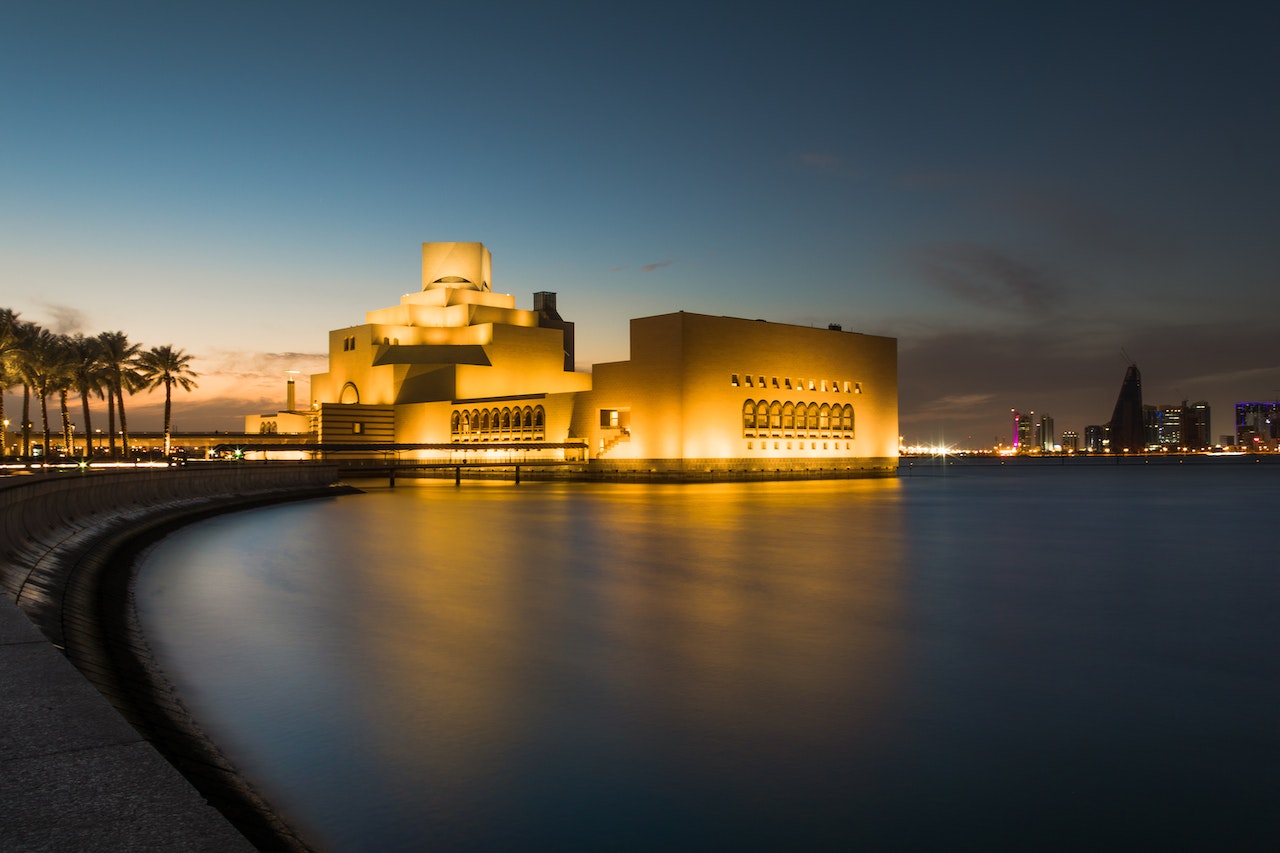
Last updated on July 11th, 2024 at 08:17 am
The Museum of Islamic Art (MIA) is located at one end of Doha’s seven-kilometre corniche.
MIA is the first to feature over 14 centuries of Islamic and Arab culture-related museums in the Arab region.
This website uses affiliate links, through which we may receive a commission without any extra cost to you.
The Museum of Islamic Art Architecture
The Museum of Islamic Art was designed by Chinese-American architect I.M. Pei, a Pritzker Prize winner. At the age of 91, he came out of retirement to work on this project.
According to him, he travelled through the Muslim world on a six-month quest to learn about Muslim architecture, history and Islamic calligraphy to draw inspiration for the building.
MIA’s architectural inspiration came from the 9th-century Ibn Tulun Mosque of Cairo’s light fountain.
A crescent-shaped island (290,000 square meters) specially made for the Museum of Islamic Art to stand alone from other buildings and show the building’s magnificence.
Pei utilized creamy limestone for the out facades to emphasize the various shades during the different times of the day. Some of the sun shades resemble a woman in a burka.
A glass façade covers the five floors to the north and provides a panoramic view of the Persian Gulf.
The museum opened under the leadership of Her Excellency Sheikha Al Mayassa on November 22, 2008.
The museum closed in April 2021 for renovations of its permanent collections.
It reopened on October 5, 2022, once again, an expansion of its collection, adding over 1,000 fresh historical artefacts.
Inside the museum of Islamic art
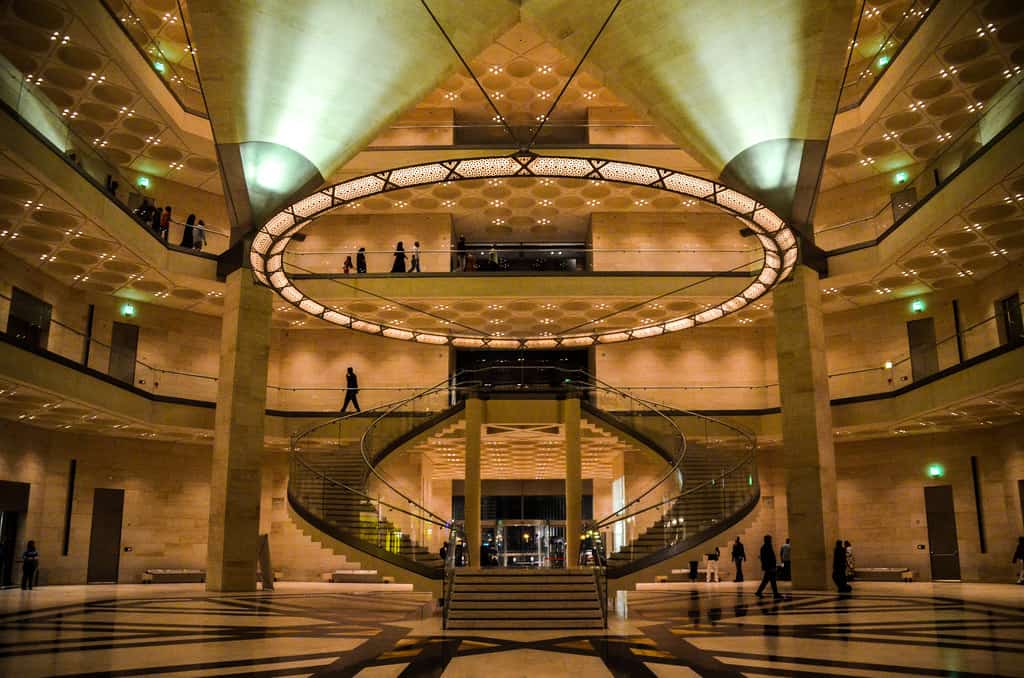
The MIA entrance and the atrium take your breath away, and the steps are also very neatly designed.
MIA houses one of the world’s most comprehensive collections of Islamic art.
Masterpieces from every corner of the globe represent the diversity of Islamic heritage.
MIA takes up a space of 376 740 square feet, and the domed atrium is 164 feet above the ground and hidden from the outside by the walls of the central tower.
The layout of each exhibition room is simple and easy to navigate, and enough space and well-lit to preserve the artefacts.
It houses vast collections of Islamic art and artefacts from all over the world.
The most significant artefacts are the blue Quran, the Cavour vase (late 13th century ), The Ramayana of Hamida Banu Begum and the Franchetti Tapestry.
Each artefact tells its own story, transporting you beyond the museum’s walls and into the world of yesterday.
The galleries were organised according to broad historical and cultural themes, periods and geography. They will explore the great traditions of Islamic craftsmanship.
The Galleria is also dedicated to the Quran and its history and education within Islamic cultures.
The gunpowder section explores the power of ottomans ruling from Turkey over Arab territories.
A new southeast Asian room presents that region’s Muslim populations and their presence in Qatar and the Gulf.
Education wing
Education wing houses workshops, classroom study spaces, a reading room and a laboratory.
MIA Library
The MIA Library houses a massive collection of Islamic art books. With more than 20000 books and monographs, the collection covers every aspect of the Islamic religion.
The MIA library is part of the museum and houses children’s and rare books catalogues. It is one of the largest Libraries in the gulf.
IDAM Restaurant
After all the sightseeing, visit the IDAM restaurant located on the fifth floor of MIA to enjoy a spectacular meal.
IDAM is world-renowned chef Alain Ducasse’s first restaurant in the middle east.
IDAM is known for its Arabian-influenced contemporary French Mediterranean cuisine.
The dining area looks luxurious, with black carpet embellished with white calligraphy.
The menu is a seamless interweaving of French with a touch of Arabic influence.
MIA cafe
Philippe Starck designed the MIA coffee shop. Located in atrium.
The café specialised menu includes traditional Qatari cuisine, some homemade food items, gluten-free dishes, freshly made salads, sandwiches, and desserts, with a spectacular view of Doha’s striking West Bay skyline.
Museum of Islamic Art gift shop
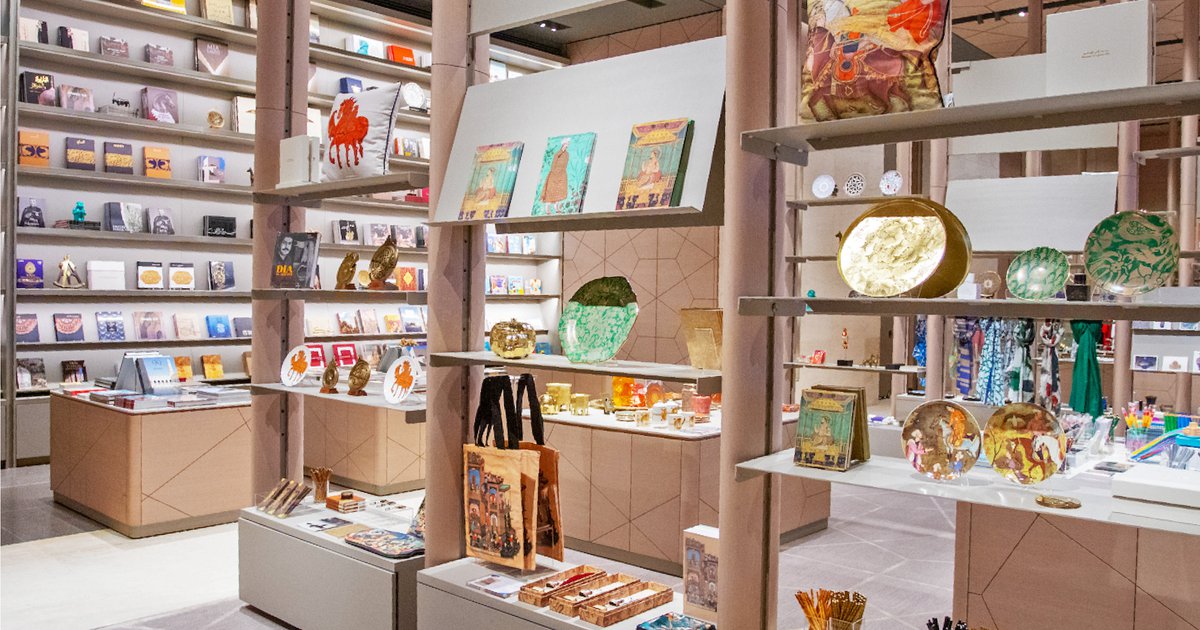
MIA gift shop contains unique and exquisite products exclusively created for the MIA gift shop
How long will it take you to look around the museum?
It will take around 2-3 hours.
Museum of Islamic Art location
MIA is located on the Southern end of Doha bay near Corniche.
Museum of Islamic Art opening time
Saturday-Thursday: 09.00 AM- 07.00 PM
Friday: 01.30PM – 07.00 PM
Museum of Islamic Art entrance fee
- Adult: QAR 50.
- Children under 16 years: Free.
- Student: QAR 25.
- Residents of Qatar: Free
How to get to the Museum of Islamic Art
The Museum of Islamic Art is conveniently located close to the Doha Corniche, making it easy to reach from anywhere in Doha. You can easily hire a taxi from anywhere in the city to get here. Popular taxi service Uber is available, and local services like Careem and Karwa taxi services are also available for a convenient and hassle-free ride.
By Metro
If you are looking for an affordable transportation option in Doha, consider taking the Doha Metro.
Take the Doha Metro Gold line and exit at the Qatar National Museum Station. From there, it will take approximately 15 minutes to walk to the museum.
One of the disadvantages of using the metro system is that you need to walk a fairly lengthy distance, which can be particularly inconvenient, especially during the afternoon.
Museum of Islamic Art Website :
Related articles

